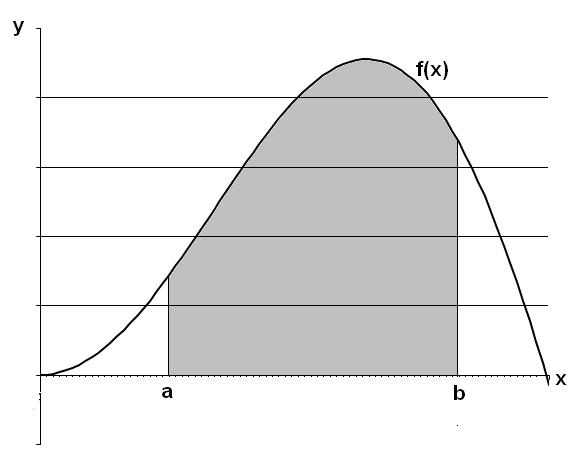www.michael-
buhlmann.de
Mathematik
> Flächenintegral
Integralplotter IV (Flächenintegral; Näherung: Simpsonregel, verkettet)
|
Bestimmtes Integral integrierbarer Funktion f(x), g(x) auf einem Intervall [a; b] als Summe von durch quadratische Funktionen begrenzten Flächen über Teilintervallen Funktionseingabe, Integralgrenzen (gemäß JavaScript): Variable x, Klammern (), Addition +, Subtraktion -, Multiplikation *, Division /,
Betrag |x| = |
 |
Eingabe von Funktion, unterer und oberer Grenze im Integral (Dezimalzahlen mit Punkt statt Komma):